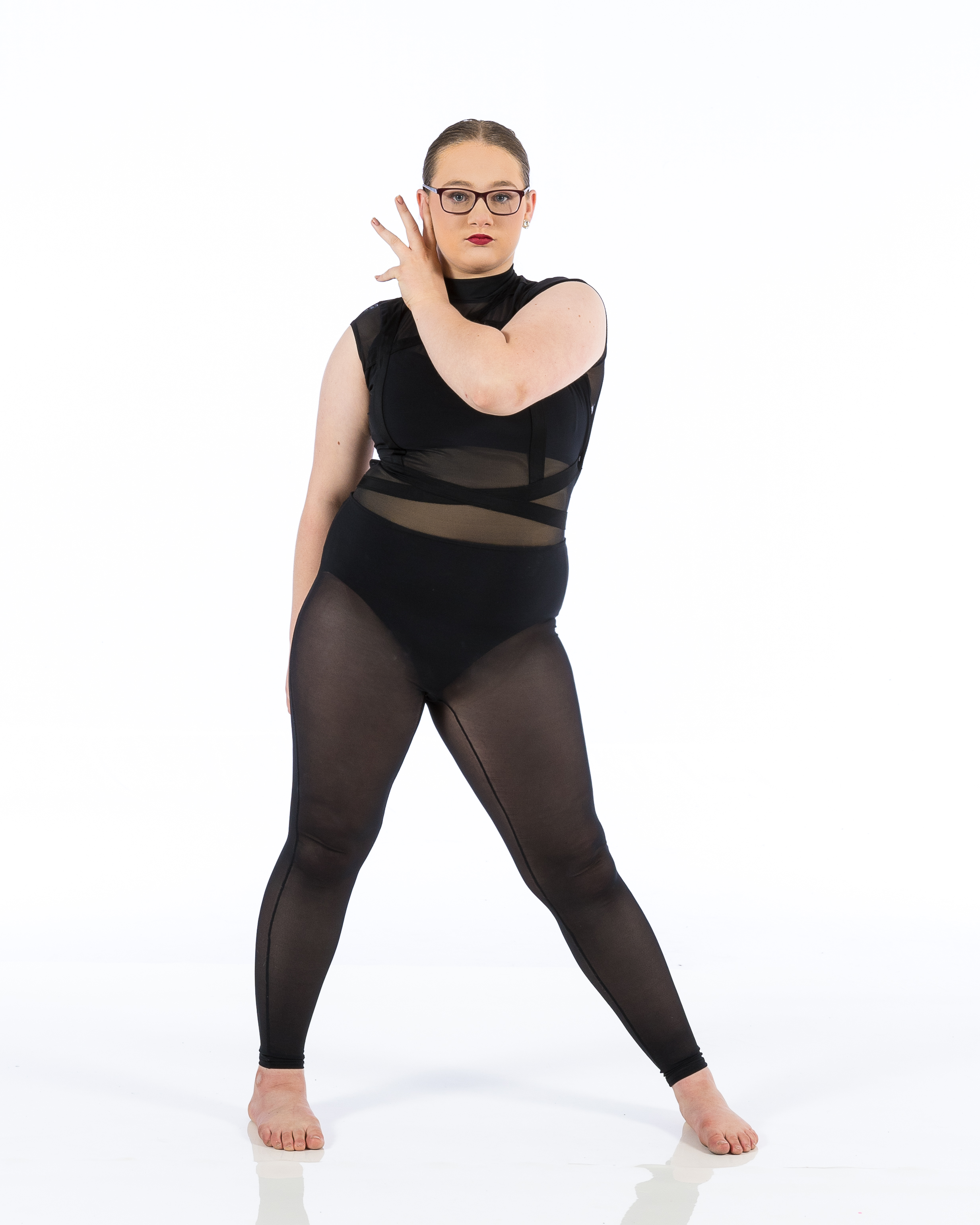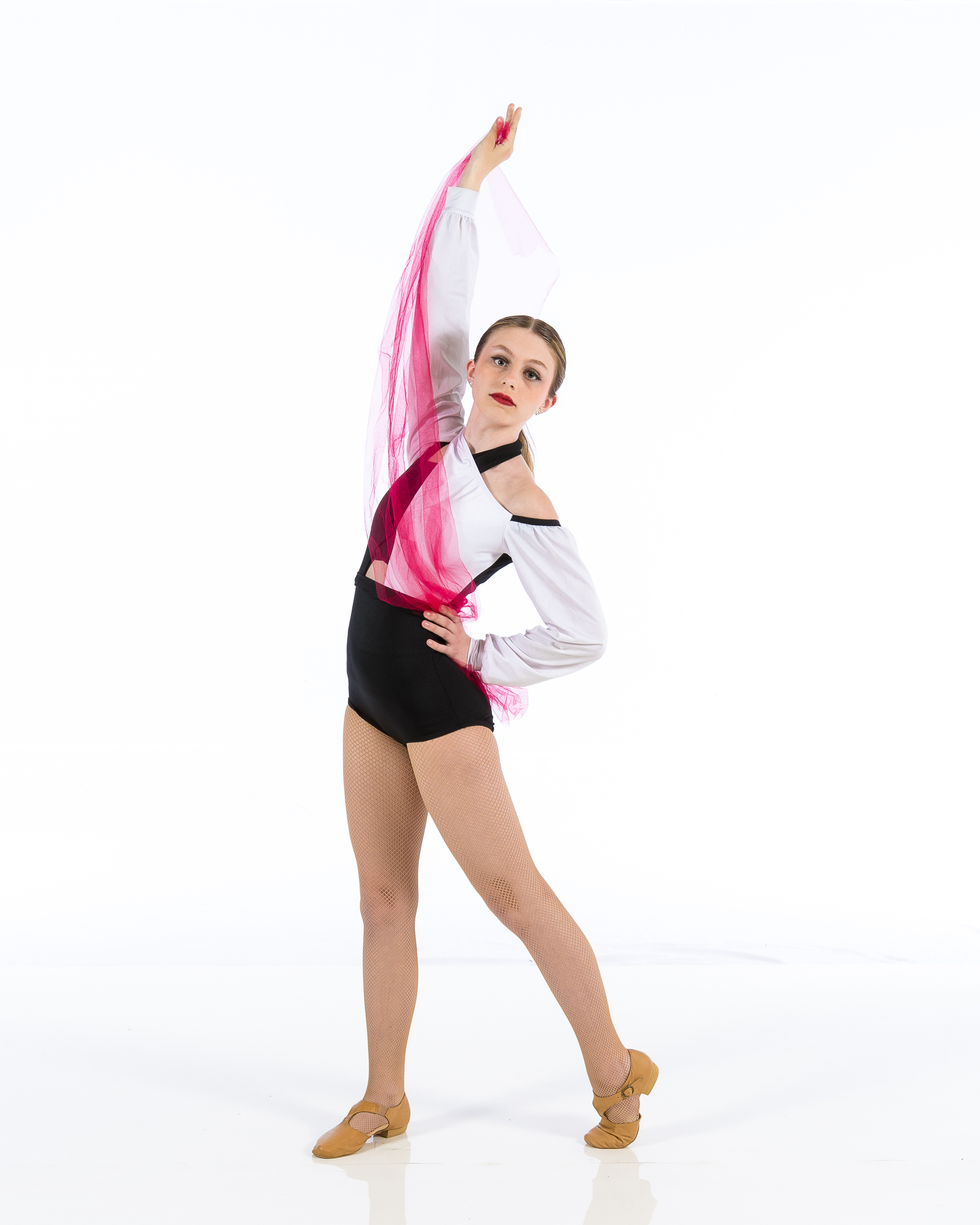Introduction
Ballet, a dance form characterized by its grace and precision, has captivated audiences for centuries. It tells stories through movement, emotion, and music, transporting spectators into the worlds of fantasy and reality. But how did this beautiful art form evolve over time? In this article, we will take you on an exciting journey through “A Brief History of Ballet: From Classical Roots to Modern Trends.” We’ll explore its origins in the Renaissance period, its evolution through classical ballet, the emergence of contemporary styles, and how it continues to thrive today.
The Origins of Ballet: Renaissance Revelations
Ballet traces its roots back to the Italian Renaissance in the 15th century. Initially conceived as a form of court entertainment, it was a lavish display of wealth and artistry. The term "ballet" itself is derived from the Italian word "ballare," which means "to dance."
Courtly Beginnings and Early Developments
During this period, nobles would host extravagant parties featuring dancers who performed intricate choreography. These performances often included storytelling elements, showcasing not only the dancers' skills but also their costumes' opulence.
In France, King Louis XIV played a pivotal role in promoting ballet as a formalized art form. His passion for dance led him to establish the Académie Royale de Danse in 1661, marking a significant step toward professionalizing ballet.
From Italy to France: A Cross-Cultural Exchange
As ballet made its way from Italy to France, it absorbed various influences along the way. French choreography began to flourish during this transition. Notably, Jean-Baptiste Lully established a unique style that emphasized rhythm and theatricality.
This period also saw the introduction of ballet techniques that remain foundational today. The five positions of the feet were standardized during this time—a crucial development for aspiring dancers everywhere.
Classical Ballet: The Golden Age Unfolds
As we delve deeper into “A Brief History of Ballet: From Classical Roots to Modern Trends,” we encounter classical ballet's golden age in the 18th and 19th centuries. This era solidified ballet's status as a sophisticated art form.
The Birth of Iconic Works
One cannot discuss classical ballet without mentioning iconic masterpieces like "Swan Lake," "The Nutcracker," and "Giselle." Composed by luminaries such as Pyotr Ilyich Tchaikovsky and Adolphe Adam, these ballets became cornerstones of classical repertoire.
Each performance was meticulously crafted with elaborate sets and costumes that transported audiences to enchanting worlds filled with romance and intrigue.
Technical Advancements in Dance Technique
During this period, dancers began pushing the boundaries of physical ability. The rise of pointe work—a technique allowing dancers to perform on their toes—transformed how ballet was perceived. This technical advancement not only showcased dancers’ strength but also added an ethereal quality to performances.
Moreover, choreographers like Marius Petipa innovated with storytelling through movement. Petipa’s collaborations with composers led to groundbreaking productions that are still celebrated today.

The Rise of Romanticism in Ballet
With the emergence of Romanticism in art and literature during the late 19th century came a shift in thematic focus within ballet itself.
Themes of Love and Nature
Romantic ballets often portrayed themes of love intertwined with nature's beauty. Dancers began embodying characters that were more complex than ever before—think tragic heroines who danced their way into our hearts while expressing raw emotions.
Ballets like "La Sylphide" epitomize this era with their hauntingly beautiful narratives about unattainable love and longing.
Famous Figures: Marie Taglioni and Beyond
Marie Taglioni emerged as one of the most renowned ballerinas during this time. Her portrayal of the sylph in "La Sylphide" left audiences spellbound; she became synonymous with ethereal grace on stage.

Other influential figures included Fanny Elssler—known for her fiery passion—and Anna Pavlova who brought Russian ballet into mainstream consciousness.
The Transition to Contemporary Ballet Styles
As we progress through “A Brief History of Ballet: From Classical Roots to Modern Trends,” we see how societal changes throughout Doty Performance Dance Studio history influenced new styles within ballet.
Breaking Traditional Boundaries
By the mid-20th century, choreographers like George Balanchine began challenging traditional forms by incorporating modern elements into their works. Balanchine’s neoclassical style emphasized athleticism over strict adherence to classical techniques—ushering in a new era for ballet enthusiasts everywhere!
The Influence Of Other Dance Forms
Jazz, contemporary dance, and even hip-hop began influencing choreographic choices within ballet studios worldwide! Dancers started blending various genres together—creating dynamic performances that appealed to younger generations looking for fresh perspectives on traditional art forms.
Modern Trends: Fusion or Revolution?
In today's world where artistic expression knows no bounds; contemporary trends reflect society's diverse landscape! Dance studios across continents offer classes encompassing everything from street dance fusion styles down-to-earth improvisational workshops—all rooted firmly within historical contexts!
Embracing Diversity Within Movement Styles
Dance studios now prioritize accessibility by offering classes tailored for individuals from different backgrounds! Accessibility is key; emerging choreographers celebrate identities beyond conventional norms while integrating technology & multimedia experiences into performances!
It's all about creating inclusive spaces where everyone feels welcome regardless if they’ve been dancing since toddlerhood or are just stepping onto stage!
Innovative Productions: Merging Art Forms
Collaboration between choreographers & visual artists has given rise to mesmerizing productions blending disciplines seamlessly! Expect dazzling displays combining live music performances alongside breathtaking visuals projected on-stage enhancing immersion levels amongst audiences!
These innovations challenge viewers’ expectations encouraging them think critically about what constitutes ‘dance’ while appreciating artistry without limitations!
Exploring Ballet Through Film & Media
Film adaptations have played an instrumental role elevating interest surrounding classic tales reimagined cinematographically! Movies like “Black Swan” highlight psychological complexities associated with pursuing perfectionism within demanding environments fueling curiosity among aspiring dancers everywhere!
Documentaries Showcase Behind-the-Scenes Life
Documentaries dedicated exploring lives behind-the-scenes provide invaluable insights into rigorous training regimes faced by professionals striving achieve greatness! Such films humanize performers reminding us they’re more than simply graceful bodies—they’re passionate individuals overcoming obstacles daily!
FAQs About Ballet’s Evolution
What is classical ballet?
Classical ballet refers specifically defined styles characterized by formal techniques developed over centuries emphasizing precision & graceful movements shaped primarily by European traditions.
How has contemporary dance influenced ballet?
Contemporary dance encourages innovation through blending genres pushing boundaries traditional methods allowing creative freedom resulting fresh interpretations existing works!
What role does technology play modern performances?
Technology enhances productions via multimedia elements visuals/music captivating audiences encouraging exploration beyond physical movements themselves!
Are there different types/styles within modern-day ballets?
Absolutely! Styles range from neoclassical fusing elements jazz/contemporary influences exploring new interpretations original dances!
Who are some influential figures shaping today’s landscape?
Prominent figures include Christopher Wheeldon & Wayne McGregor who continue redefine expectations surrounding movement/choreography!
How can I get involved if I’m new to dancing?
Look out local dance studios offering beginner classes welcoming everyone regardless experience level catering varied interests ensuring enjoyable learning atmosphere!
Conclusion: A Continuing Legacy
In conclusion; “A Brief History Of Ballet: From Classical Roots To Modern Trends” showcases incredible transformation spanning centuries exemplifying resilience artistry thrives amid change! As we look forward—we anticipate further evolutions inspiring future generations embrace creativity wholeheartedly while remaining rooted traditions enrich culture globally!
Whether you’re passionate about joining a local dance studio or simply appreciate witnessing breathtaking performances; remember every pirouette holds stories waiting be unveiled inviting you partake journey forever intertwined history arts!